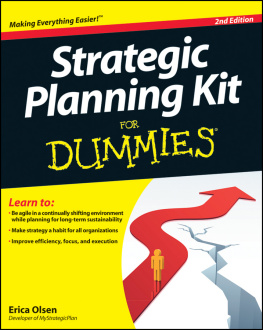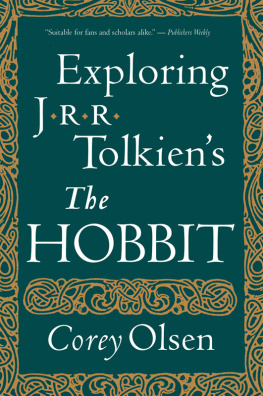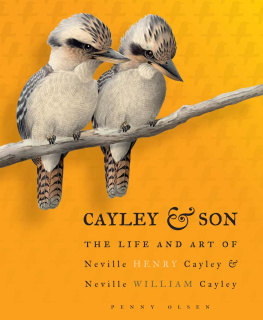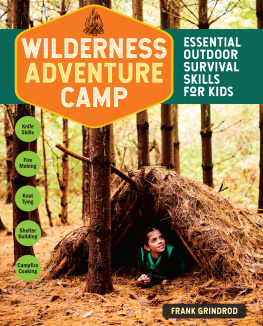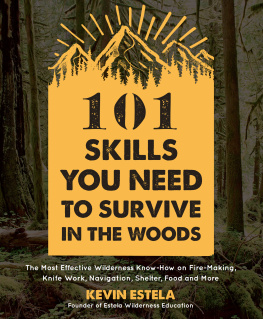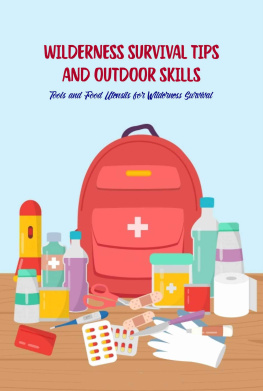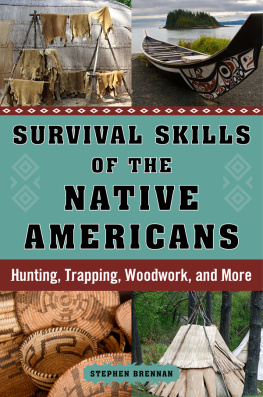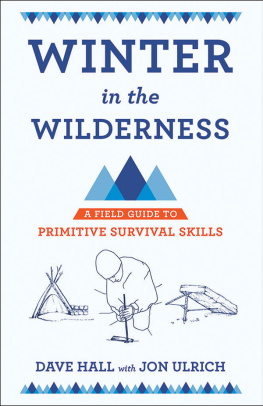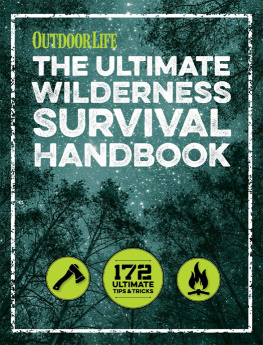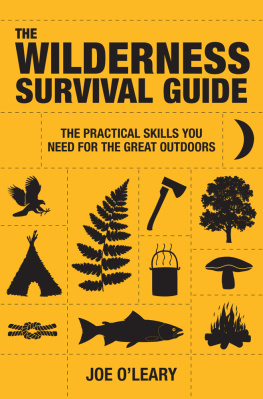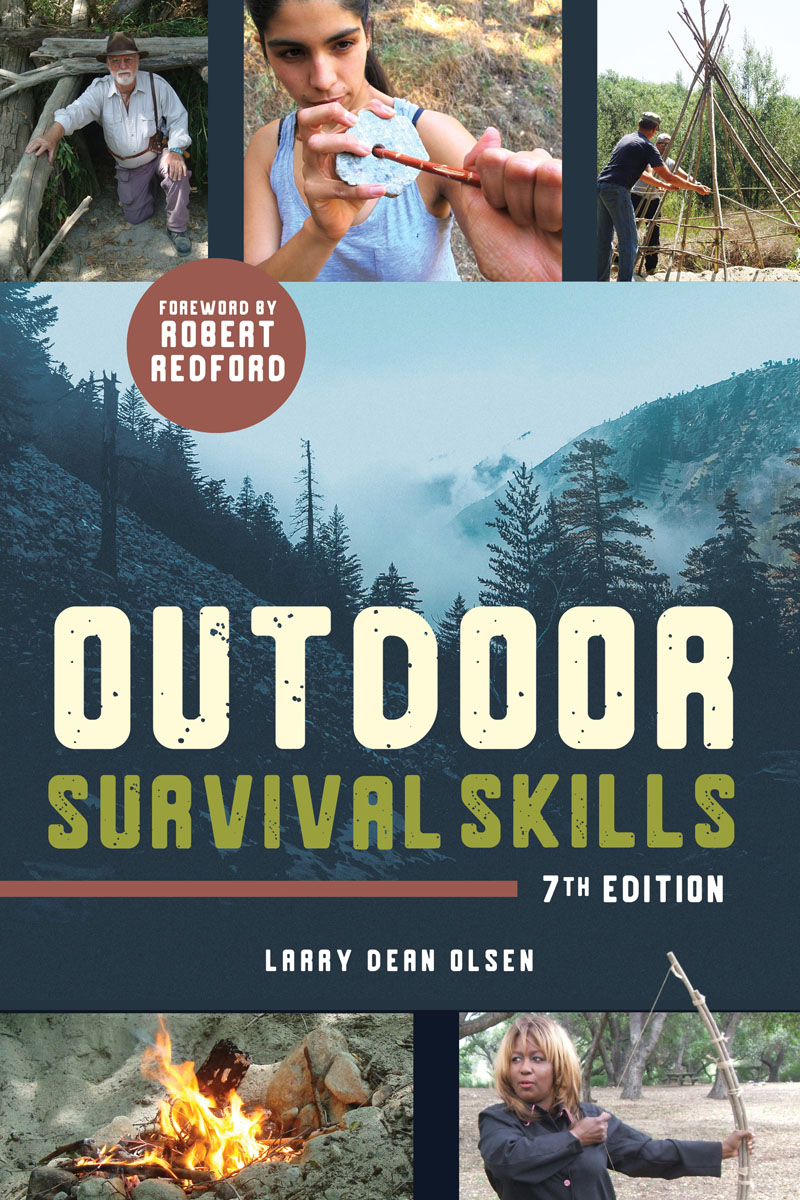
Copyright 1997 by Larry Dean Olsen
Preface 2021 by Christopher Nyerges
All rights reserved
Seventh edition published in 2021 by Chicago Review Press
814 North Franklin Street
Chicago, Illinois 60610
Published 1990, 1997 by Chicago Review Press
Published 1967, 1969, 1970, 1973 by Brigham Young University Press, Provo, Utah
ISBN: 978-1-64160-432-1
Library of Congress Control Number: 2020951235
Cover design: Preston Pisellini
Cover photographs: Forest images on jacket, Pexels.com, Spencer Selover (front), Brandon Montrone (back), others Christopher Nyeres
Interior design: Jonathan Hahn
Interior illustrations and black-and-white photographs: Larry Dean Olsen
Interior color photographs: Christopher Nyerges unless otherwise indicated
Printed in the United States of America
10 9 8 7 6 5 4 3 2 1
To my ancient fathers, who lifted their voices of counsel in the dust of my walkings and upon the breezes.
To all the Native American people, past and present, whose history and culture stirred the curiosity of my youth and guided my footsteps in the path I have walked. My esteem for the indigenous people of the Americas developed as I studied, duplicated, and implemented the tools, skills, and ways of the Ancient Ones.
Few people revere Mother Earth as do the Native Americans. They endeavor to live in harmony with nature and the elements of wind, rain, and fire. Their past sufferings, tears, and dreams are written on the sandstone walls of time. Their future greatness is also written by the Creator on tablets of gold. Mother Earth loves the Native Americans. She has provided them with all the necessities of life. This book attests to that reality. It is to these, the First Americans, that I dedicate, with love and respect, this thirtieth-anniversary edition of Outdoor Survival Skills.
Larry Dean Olsen, 1997

The author and his family, 1967.
CONTENTS

THE BADGERSTONE
SHELTER
FIRE
WATER
PLANTS
ANIMALS
SPECIAL SKILLS
PREFACE FOR THE 2021 EDITION

CHRISTOPHER NYERGES
I remember fondly when I found my older brothers copy of the new Outdoor Survival Skills by Larry Dean Olsen. I was twelve or thirteen years old, and the book was like manna from heaven, with answers to the many questions Id been asking about how local Indigenous people had lived off the land.
At that time, I had been very interested in learning about the plants that the local Indigenous people used for food and medicine. I also wanted to know how they built their shelters, how fire was made, how bows were made. Through my grapevine, I heard about this Larry Dean Olsen who taught at Brigham Young University, and who periodically conducted a gathering of primitive skills practitioners called the Rabbit Stick Rendezvous.
My friend Nathaniel and I found a flier for one of Olsens gatherings in Utah. We didnt have the money to attend, so we never participated in those teaching events. But we had the bible for the skills, Outdoor Survival Skills.
Through Olsens book, I learned how to make blankets and sandals from cattails, and I learned the techniques for making fire with the bow and drill. Olsen never knew this, but he was my teacher day after day as I read and reread his book, looking for even more clues between the lines, wishing desperately that I could afford to meet him in person and study with him.
I began to study on my own, at school, with friends, and with the Los Angelesbased nonprofit White Tower, Inc. (WTI), whose focus was to research and teach in all areas of survival. We spent many weekends in the desert, and closer to home, practicing many of the skills found in this book. Because my funds were very limited, I took all the science classes that I could in high school and college, always with the eye to the practical aspects as taught by Olsen. I attended every ethnobotany lecture that was offered anywhere near me.
By 1974, when I began to teach ethnobotany and general survival skills, I regularly referred to Larry Dean Olsen and the concepts in his book. When I conducted both field trips and classroom workshops, his influence was always there.
Little by little, I learned the skills described in this book. I finally interacted directly with Olsen around 2002, when I was the editor of Wilderness Way magazine. In that role, I would talk to Olsen over the telephone and share e-mails, mostly to ask questions and to solicit articles for the magazine. Olsen never managed to get a fresh article to me, and he encouraged me to adapt ideas from this book for the pages of my magazine. We discussed the details of an article finallyhow to make a bow by entirely primitive methodsbut he was sent off on a missionary trip by his church and it was a few years before he came back to the United States.
I was saddened in 2019 when I learned of the passing of Larry. Id so very much wanted to get to know him in person.
It came as a great honor to be asked to edit this book and to provide new photos for this edition. Therefore, let me comment about the photos: in all of the editions of the book, the photos depicted Larry and students practicing the various survival skills, typically in the desert or in other field conditions. There was somewhat of a seamless flow to the photos in the previous editions. The photos that I have collected and produced for this edition have come from my decades of teaching, with different groups of people, at different locations, in different seasons.
Many of my classes focus upon how to identify and use the wild plants. Other classes I conduct focus upon primitive fire-making, finding water, building shelters, constructing various traps and triggers, and making cordage and all things you create from cordage, such as nets and sandals. The photos you now see in this book represent my efforts to emulate Larry Dean Olsen, and to pass along these ancient skills to more enthusiasts.
I only very lightly edited the text, adding a few points here and there, but very much working to keep it as Larrys voice, and only adding clarifications that I feel Larry would have wanted.
I hope you enjoy the journey, and I hope you discover the great value of looking to the past to go forward into the future with a greater feeling of self-reliance.
Christopher Nyerges, 2020
School of Self-Reliance,
www.SchoolofSelf-Reliance.com

From left: Ezekiel Sanchez, Larry Dean Olsen, and L. Paul Newman.
FOREWORD TO THE 1997 EDITION

L. PAUL NEWMAN
T hirty years ago, in 1967, the publication of Outdoor Survival Skills made a powerful impact on a world which had many reasons for desiring self-reliant living. The book entered a world of cold-war basement bomb shelters, a world of social psychology and social experimentation where reality therapy was forming the foundations of tough love. Individual and group empowerment through the elevation of self-esteem was acquiring broad acceptance. Sensitivity training, out of which emerged individual and team problem-solving through confidence games and ropes courses, was just beginning.
Next page



